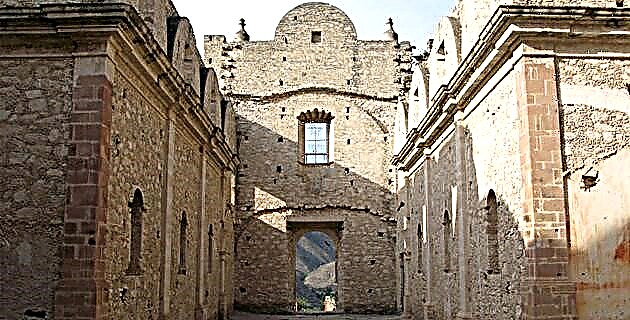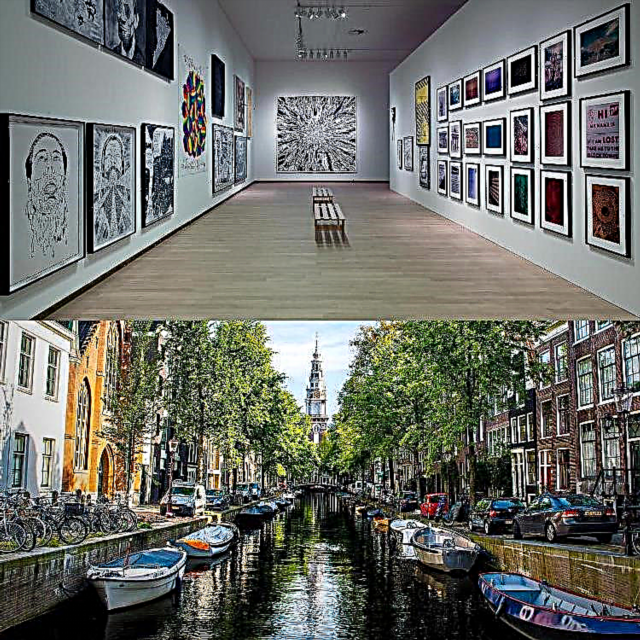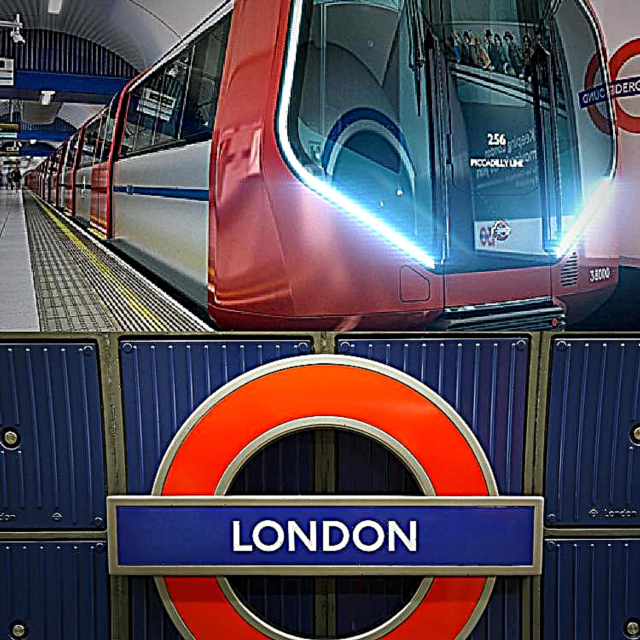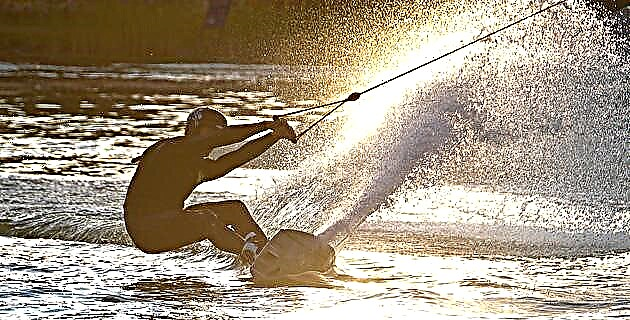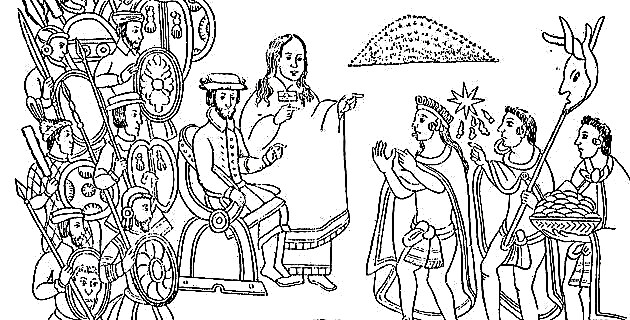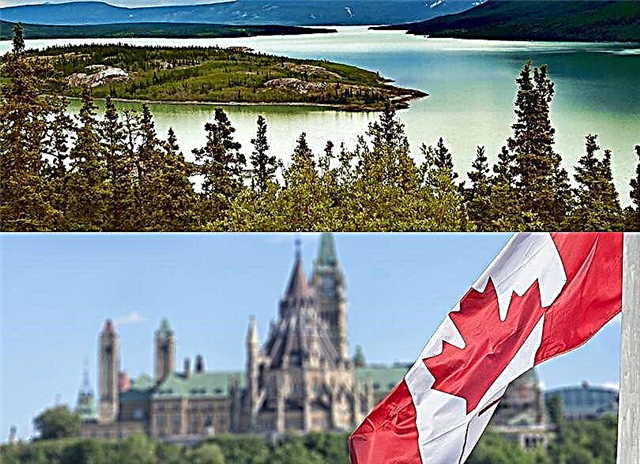The waters of the Rio Zoquial meet those of Atoyac. The ravine is bigger and the reverberation of the sun in the water is lost after several curves.
The Puebla Mixtec does not present a suitable habitat to receive communities; in fact this region is the largest and sparsely populated in the state. Taking advantage of the soil is a very difficult challenge, since the scarcity of water only facilitates the growth of cacti along with minor shrubs. Rainfall levels are a few millimeters per year, and the arid burnt-brown landscape stretches across the hills towards Mixteca Oaxaca through the Sierra Madre Oriental.
Two months ago I was invited to explore the surroundings of the Atoyac river basin in order to create an ecotourism tour. The first visit was to reconnoitre the area, its location on the map and the location of the access roads. Its climate is temperate subhumid with rains in summer and the annual temperature ranges between 20 ° and 30 ° C.
On my second visit, accompanied by some mountaineering friends and with basic equipment for rappelling, we decided to enter the area of the Zoquil river and its waterfalls. The locals call this area the El Pescadito waterfall, which after this adventure for us became the “Cinco Tazas” waterfall.
Fresh and especially clean water runs out of a spring at 1,740 meters above sea level and part of its short path before falling into the first cup, used as irrigation by Jacinto, an intrepid farmer who lives with his family and a herd of goats. in the shade of an ahuehete.
Our first big surprise was the beauty of the shades of green that alternated going down the hill and entering the small ravine that describes the Zoquial river.
To get closer to the first cup, you have to go up the right side of the canyon along a very narrow path and especially close to the wall. The terrain is uneven, there is loose soil and there is a risk of falls. To our left we hear the roar of the water running through the other cups. The gigantic organs watch over us like sentinel towers; their heights vary from two to ten meters, fragile against the wind and hermits in this desolate environment.
After half an hour through bushes, thorns and smaller cacti we reached the balcony on the first cup. At sight they seem to be ten meters: the water is painted olive green, surely the bottom is clean and without mud. The stone basin is covered with reeds that sway when the wind blows. Behind us we have an ahuehuete that offers us the safety of the rope, passed around it with a jacket to protect it from rubbing against the bark. The static rope is collected in one hand and, by pendulum with the same arm, it is thrown into the void. Our body is hugged to the harness, secured with a carabiner to the eight that serves as a brake. Freeing the step of the decline of the waterfall we approach the stream of water. After a meter of slope, the liquid covers us completely; it's a few seconds of violent temperature change, plus it's hard to keep your eyes open. A cap under the helmet would protect us in these situations. The walls under our footsteps are brittle and slippery from the growing moss. The calcium in the water solidifies over the years to form compact but never solid layers; for this reason the use of a helmet is considered necessary. Almost halfway down my descent I turn down and find myself overhead. I flex my legs, push myself to the outside of the waterfall and let go of the rope to reach the void. I'm already swimming in the bowl, and I look up where my partner is approaching descent.
String to eight and cold shower. From the pool in which I am taking a well-deserved rest I can look towards the sides of the water jet and its characteristic formations. Surely in the past the width of the waterfall was much greater than the current one and in style they check the calcareous sediments and the stalactite-like formations that fall like dinosaur teeth.
With success all my companions pass one by one. The reed present in large quantities does not allow us to see where the water runs out. The road becomes slow because no one knows how to use a machete well. We tread carefully, because you can't see the bottom. The Sun is at the edge of our heads, there is a temperature of approximately 28 ° C and we miss an ice cold soda. After passing over a large stone we looked into the second cup; more than a waterfall it is a large slide about 15 m long. We choose the most exciting step through a cave that returns to the pool. Ricardo advances first, measures his steps with confidence and disappears into the darkness of the crack, since today he is three meters tall. They are fractions of seconds. We all hold our breath. The emotion is broken with a happy cry from Ricardo that appears in the light.
We all consider the uniqueness of the place, the marked differences between the exuberant vegetation next to us against the aridity that we notice 20 m above our heads. Along with the coolness of the water we hear some cicadas in the distance and we see the flight of hungry buzzards.
The third cup is of no great interest, while the fourth sees us in a more technical and mixed descent due to its variant on the same wall. I climb crouching down the wall of white earth so as not to receive the punctures of treacherous thorns. I slip. I'd rather drag my body on the ground than be stopped by some cacti. I arrive at the pool, swim across it and stand in front of the waterfall to have a good photo shoot.
The first one descends for the first three meters, then changes its route to the right due to the fragility of the wall and again to the left in an extra lead.
The fifth cup is the longest, 20 m with a large log at the end. We have enough trees to secure the rope. Below, the waters of the Zoquial river meet those of the Atoyac. The ravine is larger and the reverberation of the sun in the water is lost behind several caves. Carefully one by one we launched ourselves from that height. This is the most exciting waterfall: the landscape opens up and, unlike the other cups, the wall is perpendicular and with a medium difficulty.
Satisfied with our adventure we headed to the truck. The end of the day ends with a bitter and sad taste due to the large amount of garbage that we found when we returned to the town. The fifth is the only waterfall that can be reached by man. The other cups, due to their difficult access, do not suffer from human aggression and this made us reflect. Sometimes in our work we prefer not to reveal certain corners due to the ignorance that surrounds us. In this case, given that the damage has been done and is partial, we hope that the Molcaxac municipality will take action to protect and keep this area clean.
IF YOU GO TO MOLCAXAC
If you are in the city of Puebla, take federal highway 150 towards Tehuacán; passing the town of Tepeaca and after about 7 km you have to turn right towards Tepexi de Rodríguez, famous for its marble mines. On this road you will arrive at the municipality of Molcaxac where you will have to turn right through a gap that after 5 km will lead you to the area of the waterfalls.
Source: Unknown Mexico No. 252 / February 1998

